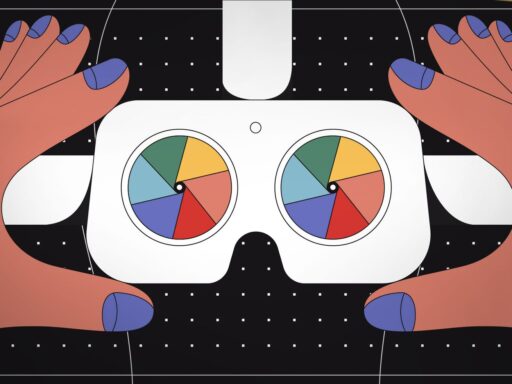VR doesn’t need to look hyper-realistic for our brains to believe it.
Virtual reality really had a moment back in 2016. The internet is still packed with people trying it for the first time, and it’s bizarre to watch. People falling on the floor, reaching their hands into ceiling fans, kicking their feet as if they’re actually on a swing, and grasping at the floor for their lives even though they’re perfectly safe.
Let’s address the dinosaur in the virtual room: The graphics in VR aren’t exactly hyper-realistic. Even the most realistic games in virtual reality have some pixelation. There’s only so much processing power a computer can give before things start to lag.
Luckily for game designers, our brains aren’t all that great at differentiating between reality and virtual reality as long as some basic rules are followed.
Making a virtual experience feel real is a matter of picking and choosing specific visual cues; the goal is to trick the brain in basic ways. It doesn’t need to be realistic. It simply needs to be believable. Especially when it comes to vision. In a virtual world, the pixels don’t need to be tiny or perfect for our brains to perceive the world as possible.
If we lift our feet and this virtual foot also lifts, the illusion only gets stronger. Those virtual feet become our own. Then the world is stretched out before us and objects within that world react in a very real way, even if the pixels aren’t perfect. Researchers have harnessed a similar trick of the brain to get people to think a rubber hand is their own.
Check out the video above to learn more.
You can find this video and all of Vox’s videos on YouTube. And if you’re interested in supporting our video journalism, you can become a member of the Vox Video Lab on YouTube.
Author: Kimberly Mas
Read More



